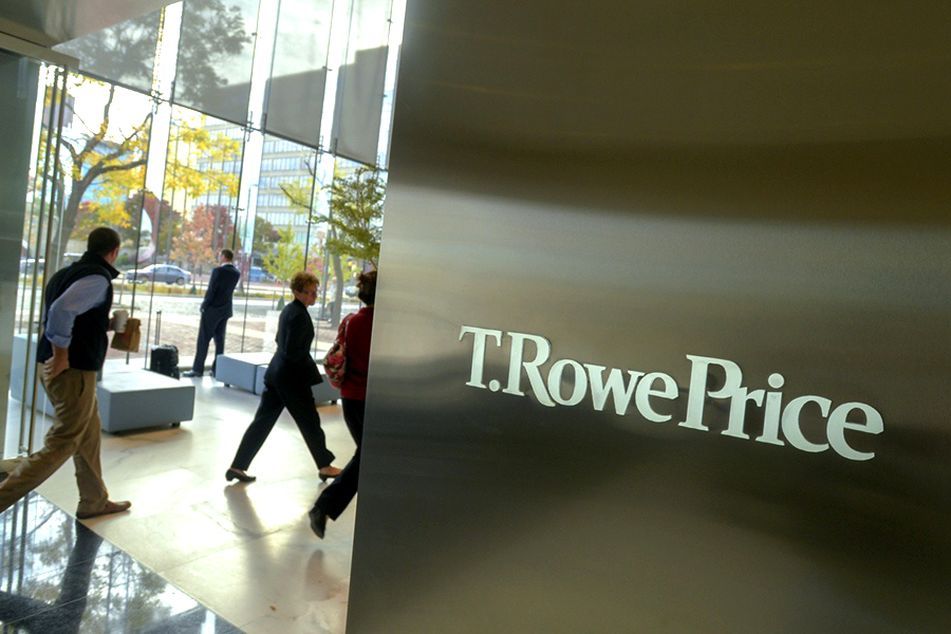T. Rowe launches its first transparent active equity ETFs

The storied mutual fund complex was late to the exchange-traded fund game but has attracted $1 billion in ETF assets since launching its first suite of funds three years ago.
The ETF migration continues at T. Rowe Price, which has rolled out five transparent active strategies designed for core investment allocations.
The $1.3 trillion asset manager, which was one of the last mutual fund complexes to enter the exchange-traded fund space, joined the party three years ago with five semi-transparent equity ETFs and five fully transparent fixed-income ETFs.
Those ETFs now combine for more than $1 billion, which Tim Coyne, T. Rowe’s head of ETFs, considers a success.
“We’ve had consistent growth across all of our ETFs, even though the semi-transparent structure was new to the market,” he said. “We do feel, over time, that we will continue to gain broader adoption and continue to grow.”
The ETFs that launched last week include T. Rowe Price Capital Appreciation Equity ETF (TCAF), T. Rowe Price Growth ETF (TGRT), T. Rowe Price International Equity ETF (TOUS), T. Rowe Price Small-Mid Cap ETF (TMSL) and T. Rowe Price Value ETF (TVAL).
The funds have expense ratios of between 33 basis points and 55 basis points.
“What we’re trying to deliver is high-quality, stand-alone strategies that form the building blocks for advisor portfolios,” Coyne said. “These are major categories that open up opportunities for use in model portfolios.”
Unlike the original five semi-transparent equity ETFs, which were clones of long-standing mutual fund strategies, the new batch of fully transparent equity ETFs aren’t versions of existing mutual fund strategies.
The distinction, Coyne said, is that fully transparent ETF portfolios could allow front running of the corresponding mutual funds.
He said that the latest launch is just the next step in T. Rowe’s move into the ETF space and that investors and advisors should expect the ETF lineup to continue to expand.
“When we launched our ETFs, it was basically us listening to clients,” Coyne said. “The profile of our client is changing, meaning their preferences changing. Increasingly they prefer ETFs as a vehicle of choice. We now have clients using both our mutual funds and ETFs in separate models.”
Learn more about reprints and licensing for this article.








